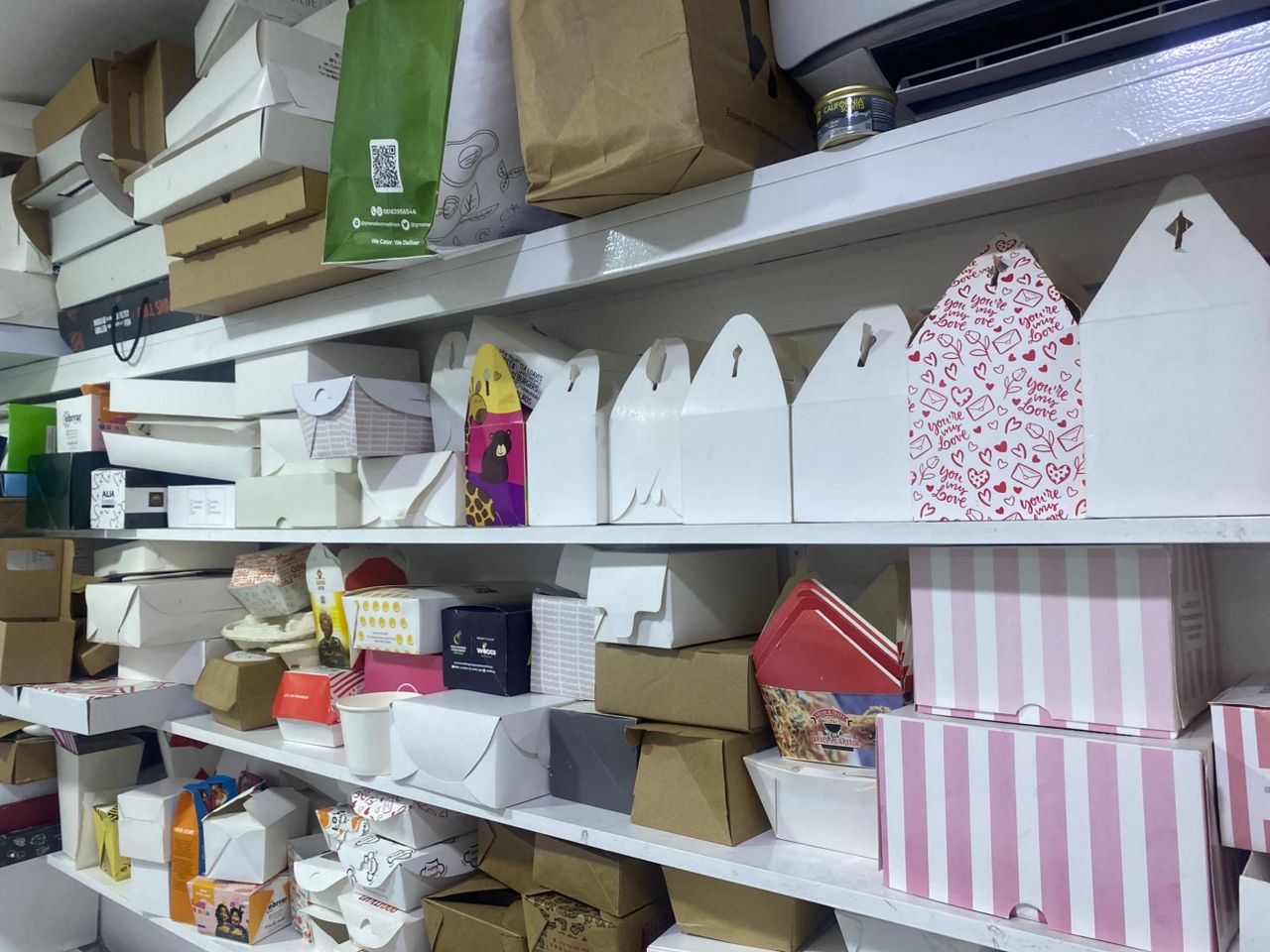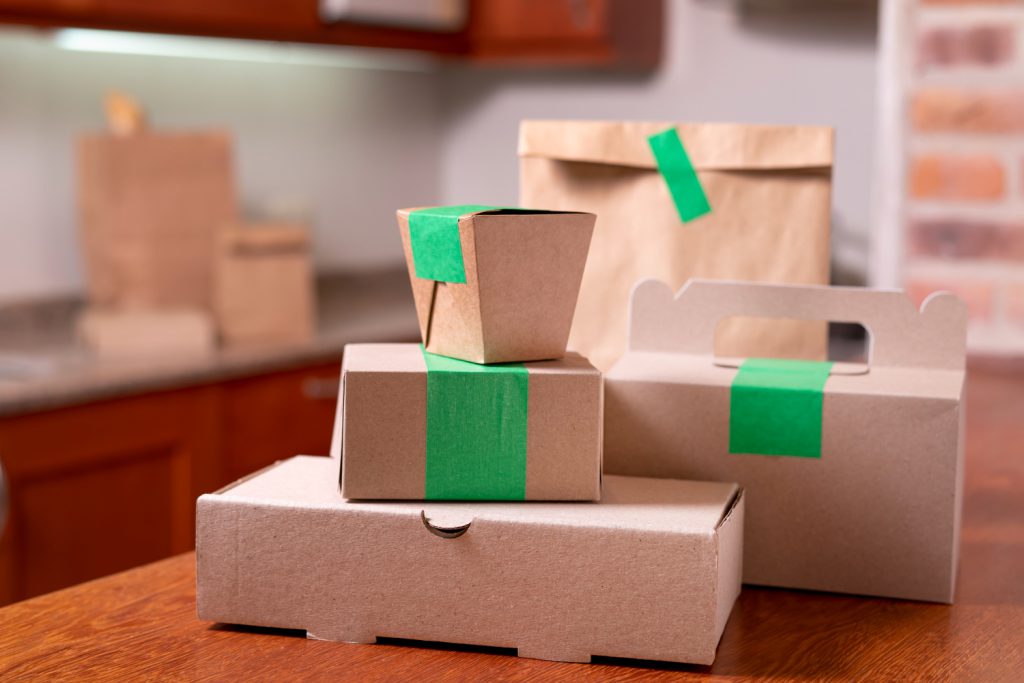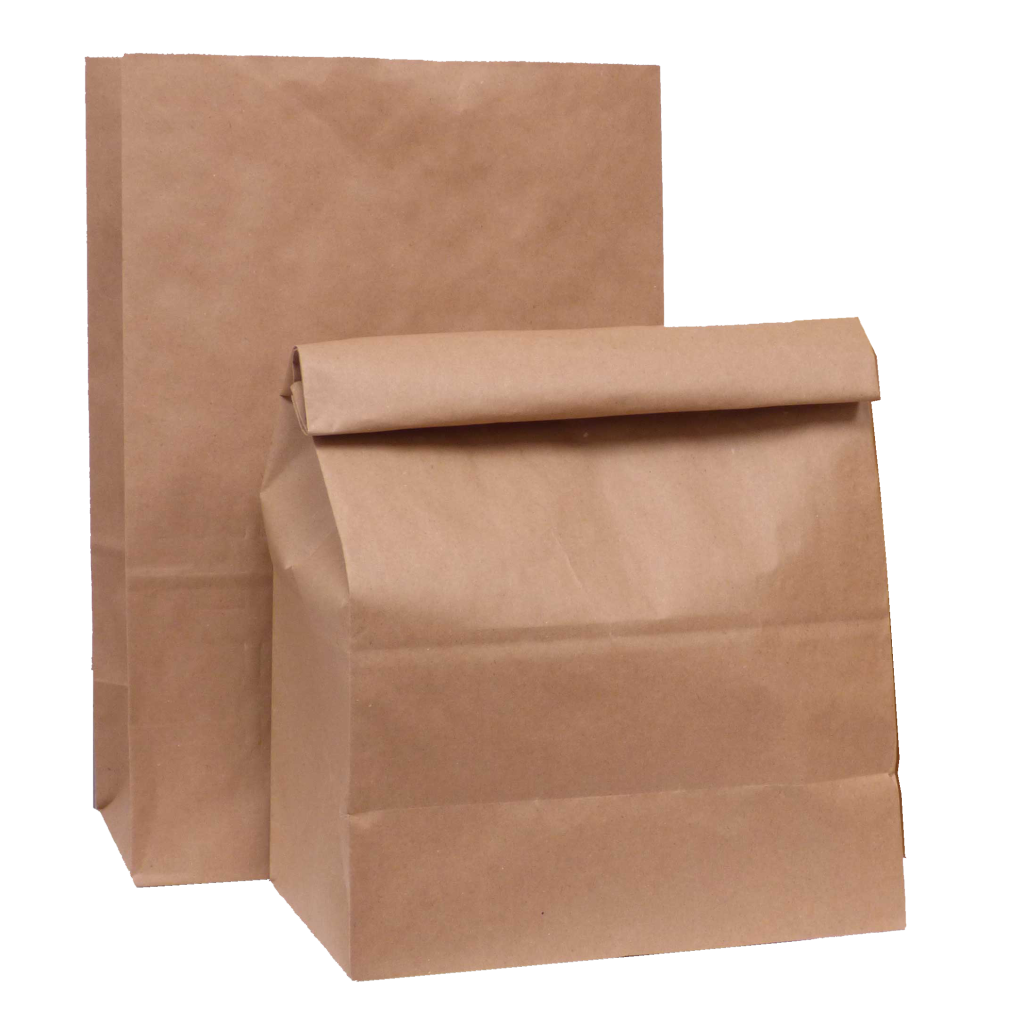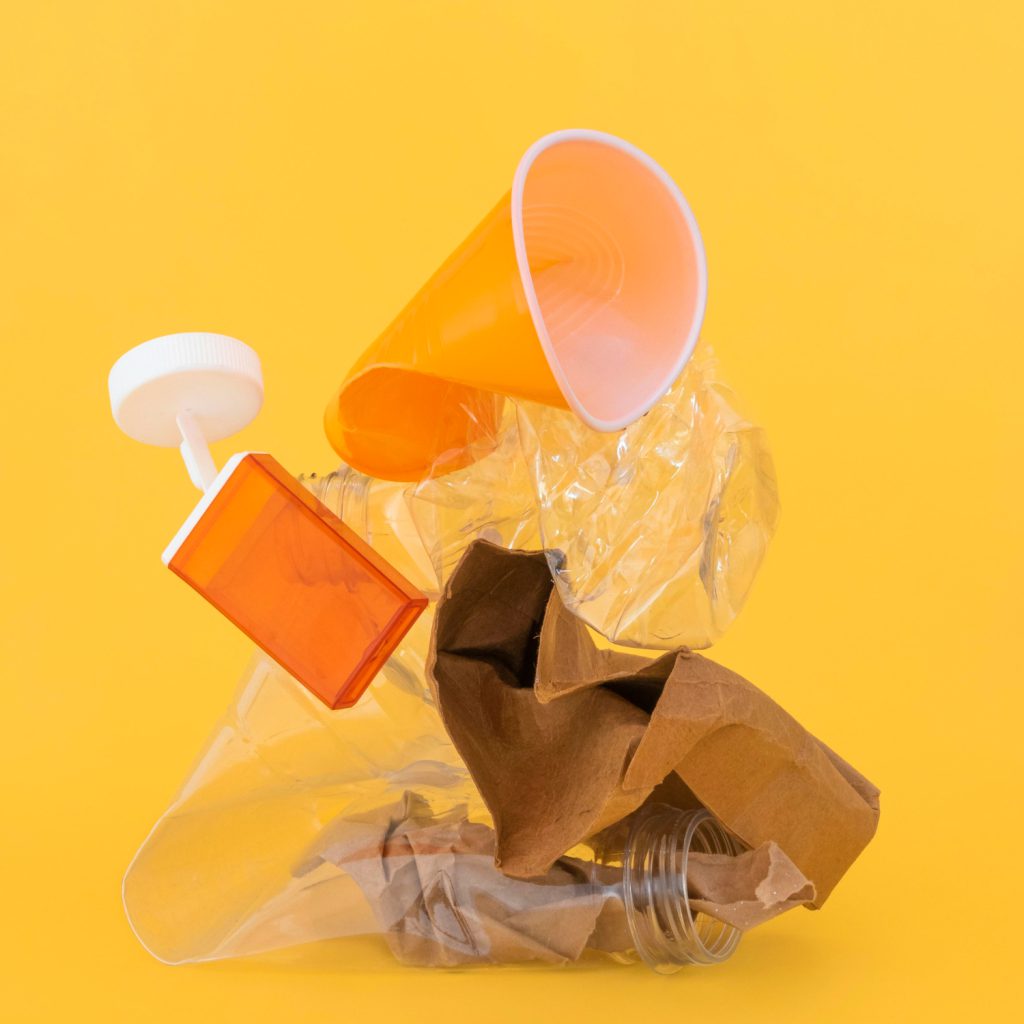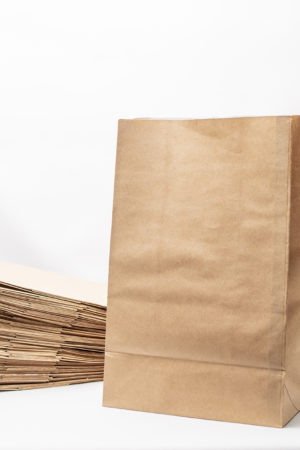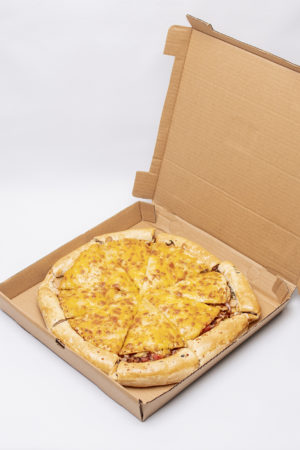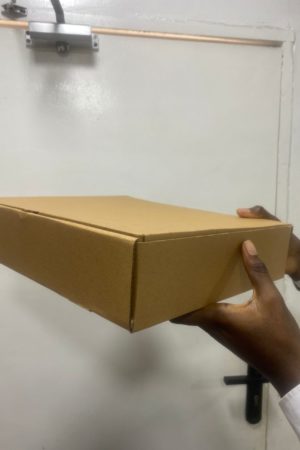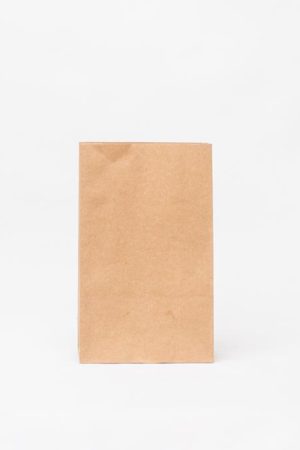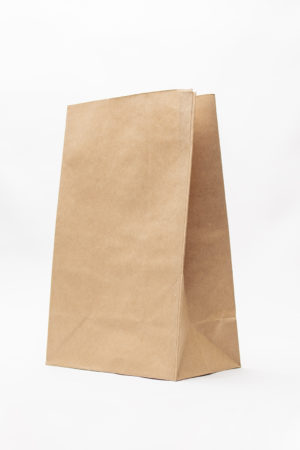Sustainability has moved from being a buzzword to becoming a core business decision. Across industries—food, retail, fashion, beauty, and even corporate gifting—packaging is often the first point of contact between a business and its customers. And one question always comes up when discussing sustainable packaging:
“Isn’t eco-friendly packaging too expensive?”
At first glance, the answer might seem like a simple “yes.” Paper bags, compostable packaging, or recyclable materials often appear to cost more per unit compared to traditional single-use plastic. But when we zoom out and consider the bigger picture—customer perception, long-term business savings, brand positioning, and regulatory shifts—the narrative starts to look very different.
In this article, we’ll break down the true cost of sustainability in packaging, explore the reasons behind the price disparity, and show why aligning with sustainability may actually be the smarter, more cost-effective decision for your business.
Why Does Sustainable Packaging Sometimes Cost More?
Before we dive into the benefits, let’s acknowledge the reasons behind the price disparity:
-
Material Sourcing
Eco-friendly packaging materials like kraft paper, recycled board, or biodegradable polymers require careful sourcing. They are designed to meet sustainability standards, which can increase production costs. -
Production Processes
Unlike plastics—which are mass-produced at low costs due to decades of industrial scaling—sustainable packaging still involves specialized processes that haven’t reached the same economy of scale globally, especially in regions like Africa. -
Quality and Durability
Most sustainable packaging is designed to be stronger, reusable, or recyclable. This extra quality means it isn’t a simple “use once and throw away” product. That durability translates to a higher upfront cost. -
Import Dependence
In countries like Nigeria, some of the raw materials for high-end sustainable packaging are still imported. This dependency on international supply chains can push costs higher, especially when forex rates fluctuate.
Looking Beyond the Price Tag: The Real Value of Sustainable Packaging
Now, let’s shift the lens. Price alone doesn’t capture the full story. Businesses need to consider value—and in the long term, sustainable packaging creates value far beyond its upfront cost.
1. Customer Perception and Brand Loyalty
Consumers are no longer passive buyers. According to global studies, over 70% of customers are more likely to choose a brand that demonstrates eco-conscious values.
In Nigeria and across Africa, younger generations (Millennials and Gen Z) are leading the shift. They want to know that the brands they buy from care about the environment. Packaging plays a powerful role in communicating that value.
When you hand a meal in a branded paper bag or deliver fashion items in eco-friendly boxes, you’re not just selling a product—you’re selling a brand story. That emotional connection builds loyalty and repeat sales, which in the long run outweighs the marginal cost difference.
2. Regulatory Compliance and Risk Avoidance
Governments around the world are phasing out plastics. Rwanda, Kenya, and Tanzania have already banned plastic bags entirely. Nigeria is moving in that direction, with several states considering restrictions.
The cost of ignoring these changes is two-fold:
-
Compliance risk → Fines, sudden bans, or forced last-minute shifts.
-
Reputational risk → Being seen as a “late adopter” or a brand that doesn’t care about the environment.
By investing in sustainable packaging today, businesses future-proof themselves against these risks.
3. Brand Positioning and Premium Value
Packaging is more than a container—it’s an identity. It’s often the first “touchpoint” a customer has with your business.
Plastic packaging communicates “cheap and disposable.”
Paper or eco-friendly packaging communicates “premium, thoughtful, and responsible.”
Think about luxury brands—many of them rely heavily on sustainable materials in their packaging, not just for environmental reasons but because eco-friendly equals premium in the eyes of many consumers.
When your packaging aligns with sustainability, your business is positioned as modern, forward-thinking, and socially responsible. That positioning justifies higher product pricing and makes customers more willing to pay a premium.
4. Long-Term Economics
Here’s the paradox: while sustainable packaging looks more expensive upfront, it can actually save money in the long run.
-
Reusability: Customers often reuse paper bags or sturdy packaging, giving your brand free advertising every time the bag is carried.
-
Reduced Marketing Costs: Sustainable packaging becomes a form of brand marketing. A customer posting your eco-friendly package on Instagram is organic promotion.
-
Bulk Cost Reductions: As demand grows, economies of scale kick in, and the price disparity between plastic and paper continues to narrow.
-
Avoided Costs: Non-sustainable choices may lead to long-term reputational damage, customer attrition, and compliance costs—all of which outweigh the upfront price difference.
The True Cost of Not Being Sustainability-Aligned
So let’s flip the question. Instead of asking:
“Is sustainable packaging expensive?”
Ask:
“What does it cost my brand if I don’t align with sustainability?”
Here are some hidden costs of sticking with single-use plastics:
-
Losing eco-conscious customers to competitors.
-
Paying fines or scrambling during sudden plastic bans.
-
Negative brand perception as customers increasingly demand responsible practices.
-
Missing out on premium positioning and organic marketing opportunities.
How Businesses in Nigeria Can Embrace Sustainability Without Breaking the Bank
The Paper Packaging Company (TPPC) has worked with hundreds of businesses across the food, fashion, and beauty industries. From our experience, here are practical ways to adopt sustainability while managing costs:
-
Start Small, Scale Gradually
Transition product categories one at a time. For example, start with branded paper bags for premium items, then expand. -
Leverage Bulk Orders
Costs reduce significantly with higher volumes. Pooling orders with other businesses can also reduce per-unit costs. -
Custom Branding
Instead of overcomplicating designs, keep branding simple. Clean designs are often more elegant, cost-effective, and eco-friendly. -
Educate Your Customers
Let customers know you’re making the shift. Many will be willing to pay slightly more when they understand it supports sustainability.
Final Thoughts
Sustainability is not just a trend—it’s a business strategy. While eco-friendly packaging may seem more expensive upfront, the real question businesses should be asking is:
-
Can we afford not to be sustainability-aligned?
Because in the bigger picture, sustainable packaging is not a cost—it’s an investment in growth, customer trust, and future-proofing your business.
At TPPC, we believe that every bag, every box, and every piece of packaging is more than a container—it’s a statement. And the most powerful statement your brand can make today is: We care about the future.

